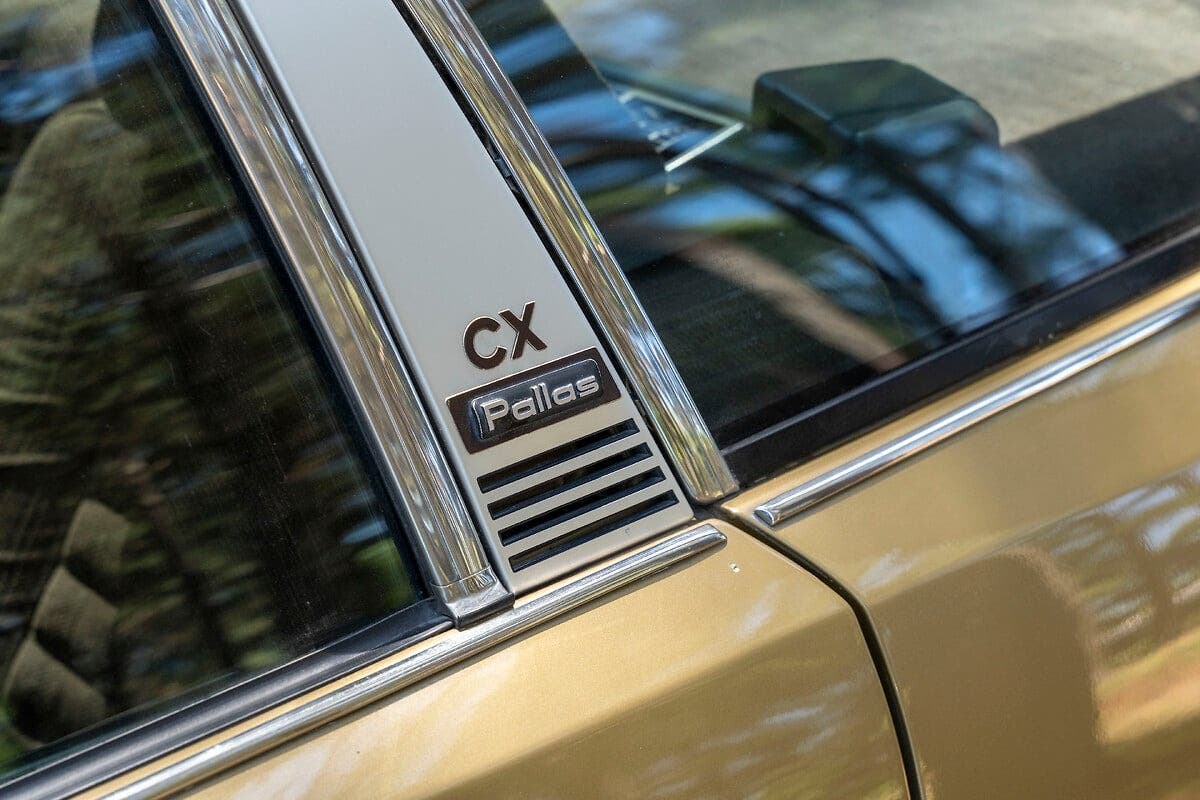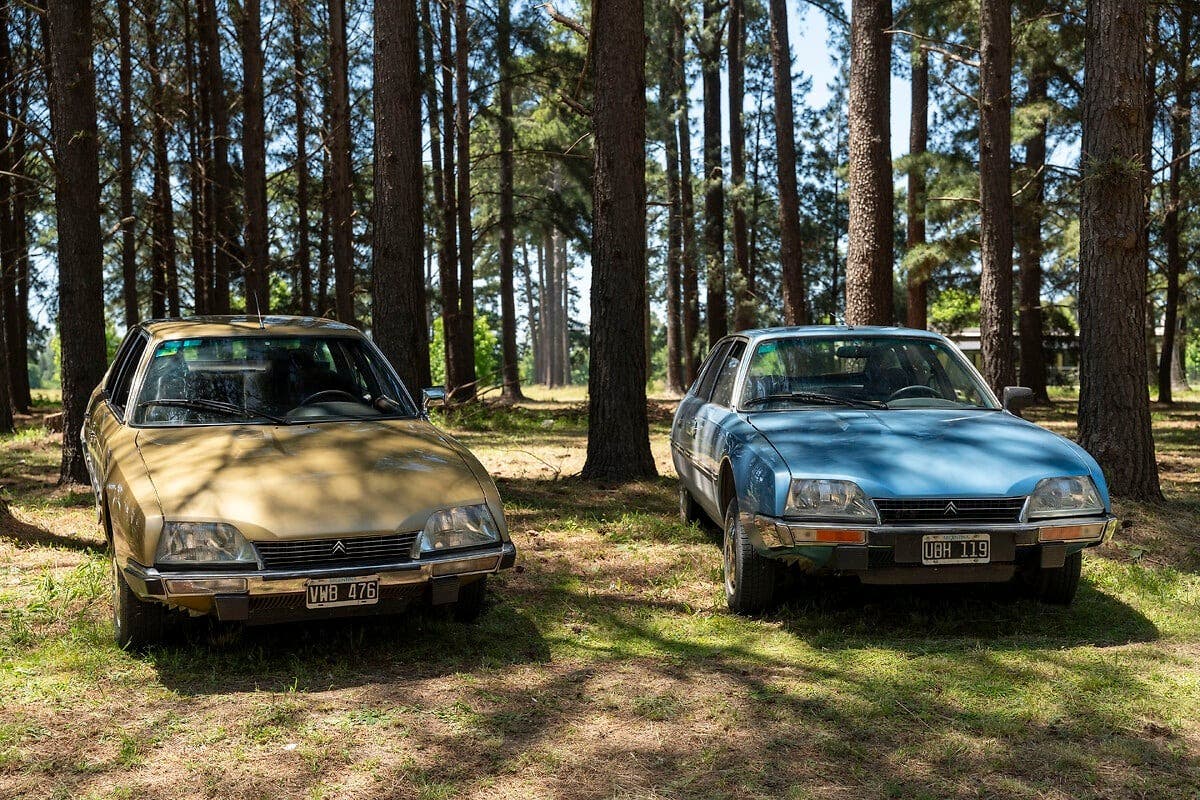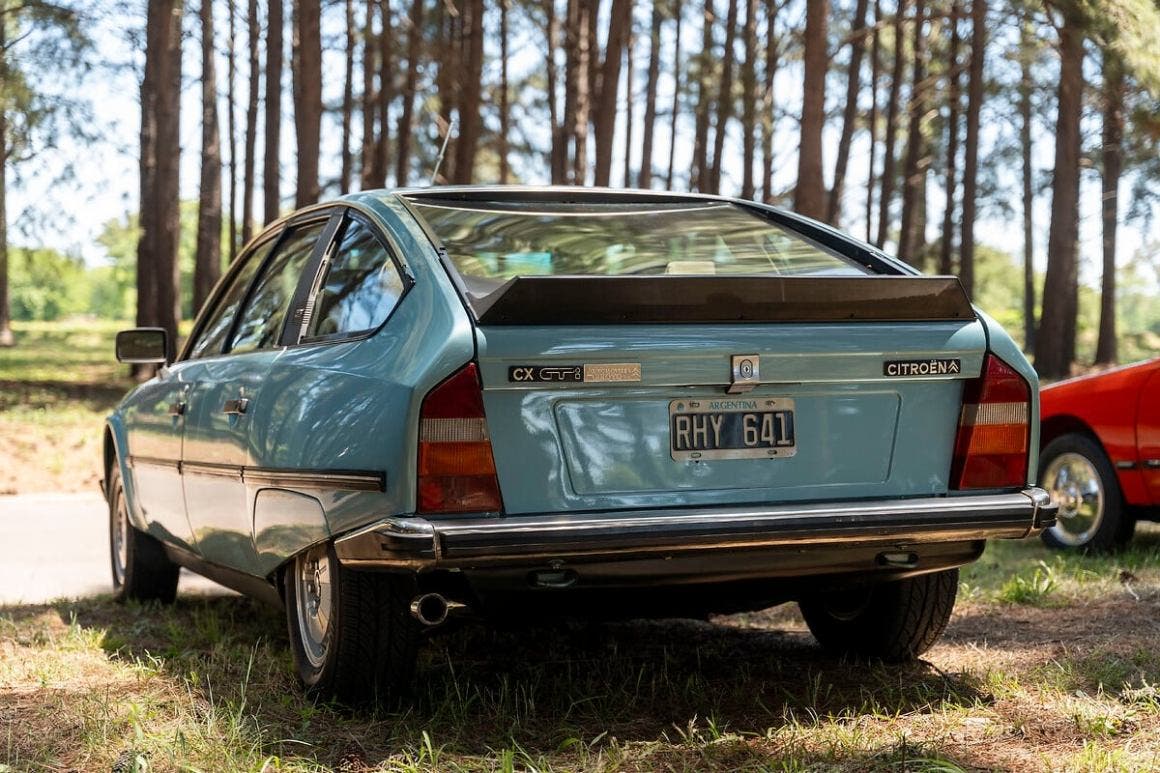The news comes from an official press release from Stellantis dated November 13, 2024. A vehicle remembered for its many technological and technical innovations, which have earned it numerous admirers who appreciate its personality, exclusivity and excellence. Citroen Argentina together with Citroën Club Buenos Aires participated in the 50th anniversary celebration of the Citroën CX in Capilla del Señor, where a large number of enthusiasts gathered to share experiences and show off their beloved vehicles. Conceived in 1974, the CX continues to be remembered as the great Citroën emblem of the 1970s and 1980s. It carried with it numerous technical innovations that gave it exceptional qualities during its seventeen-year career. With a sleek, low and aerodynamic identity that was instantly recognizable, the CX was replaced in the summer of 1989 by the XM. However, family versions continued to be produced until 1991.

Features of the CX model
The CX attracted much attention at the Paris Motor Show. A star on the Citroën stand, it was immediately recognized as an innovative car. It took from its predecessors front-wheel drive, hydropneumatic suspension, and high-pressure dual-circuit assisted disc brakes. But the newcomer also featured a number of original innovations. The four-cylinder engine was now placed transversely on the front overhang and found its location tilted forward to further optimize weight distribution and dynamic behavior. For exceptional comfort, the monocoque body was connected to the axle frame by sixteen elastic links that filter noise and vibrations from the front and rear axles as well as the engine and transmission.

Aesthetically, in addition to the particularly aerodynamic lines penned by the great designer Roberto Opron (his Cx was 0.36), as its name underscores, the entire interior layout was the subject of a very detailed study. Its most iconic feature is undoubtedly the famous lunula-shaped instrument cluster, which sits atop the dashboard like a special guest. Ergonomics and passive safety have also not been postponed. First, all the usual and essential driving controls, such as those for the headlights, turn signals, windshield wipers, and horn, are within easy reach, with no hands ever leaving the steering wheel. All interior components were free of aggressive angles, and their materials were designed to be as strong as human body organs. Another 1974 innovation was the retractable front seat belts.
Evidently its many qualities did not go unnoticed, and on January 29, 1975, the European trade press awarded it the “Car of the Year” prize. From July 1975, the CX also received the famous Diravi SM power steering system. This new type of power steering, with its speed-dependent hardness, provided exceptional steering in all conditions, in dry, wet or snow, and at any speed. Initially available as an option, it would later be fitted as standard across the range.
Constant innovation
Over the years, the CX also continued to evolve, receiving innovations and technical solutions that became, for the most part, the norm half a century later. By 1975, air conditioning, power windows on all four doors, two exterior mirrors with interior controls, and rear fog lamps were available. The following year a semiautomatic transmission began to be offered. This growth has been steady and exponential over the years, bringing numerous options and features to many models.
In terms of the diversity of models offered over time, we also know that, throughout its career, the CX has been the subject of a particularly wide and rich range, with a wide variety of engines. Some of these models have left a particularly strong mark, both for their personality and for their exclusivity and excellence.

